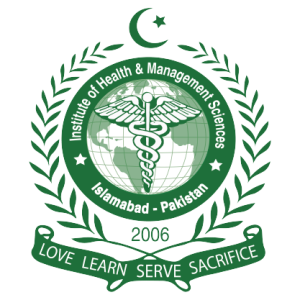Table of contents
Introduction
Imagine a world where each step becomes a challenge, where pain lingers with every move, and the joys of simple activities seem a distant memory. For many, this isn’t imagination—it’s reality. But what if there’s a beacon of hope, just around the corner? Enter the realm of Physical Therapy. Over the years, this field has evolved magnificently, transforming from rudimentary exercises into a holistic, patient-focused approach that’s nothing short of revolutionary.
In today’s bustling age, the strains of daily life—whether from work, sports, or even our screens—have escalated. Muscular aches, joint pains, and mobility issues are becoming the unsolicited companions of many. But here’s the silver lining: modern physical therapy is equipped to combat exactly these ailments, providing relief like never before. It’s not just about healing; it’s about reclaiming the zest of life. Physical therapy in today’s healthcare landscape is no longer a luxury—it’s a necessity. One that can make dancing, running, or even a simple walk in the park feel like pure magic again. So, if you’ve been sidelining your comfort, brushing off that persistent pain, or resigning to a life of limited movement, it’s time to act. Dive in with us to understand why you not only want but truly need the marvels of today’s Physical Therapy. Your body will thank you.
The Evolving Role of Physiotherapy in Healthcare
The world of healthcare is in a constant state of evolution, and physiotherapy, often referred to as physical therapy (PT), has been at the forefront of many transformative shifts. Let’s explore some pivotal changes in the domain:
Tele-rehabilitation
Definition and Benefits:
With the rapid advancement in technology, physiotherapy has transcended the confines of clinics. Tele-rehabilitation refers to remote physical therapy services delivered via electronic channels, allowing patients to receive care without leaving their homes. It’s a game-changer, especially for those residing in remote locations or having mobility issues.
Impact on Patient Outcomes and Accessibility:
The inception of telerehabilitation has marked a significant improvement in patient outcomes. Not only does it eliminate transportation barriers, but it also allows for consistent monitoring, ensuring that recovery is always on track. Accessibility has never been this seamless.

Integrative Healthcare
How PT Integrates with Other Forms of Care:
Physical therapy no longer operates in isolation. Today’s PT professionals collaborate closely with dieticians, psychologists, and other medical specialists to provide an integrated care regimen tailored for the individual.
The Holistic Approach to Patient Treatment:
Physiotherapy’s essence lies in treating the person as a whole. This holistic methodology looks beyond symptoms, delving into lifestyle, mental health, and other crucial aspects, ensuring a well-rounded recovery process.

Digital Health in Physical Therapy
Incorporation of Technology in Treatment Plans:
Gone are the days of relying solely on manual techniques. Modern PT harnesses cutting-edge technologies like virtual reality, wearable devices, and mobile applications to tailor treatments, offering a blend of traditional and innovative approaches.
The Future of Digital Health in PT:
The horizon of digital health in physical therapy is vast. As technology continues to advance, therapists will have an even broader arsenal of tools at their disposal, promising more precise, efficient, and engaging treatments.
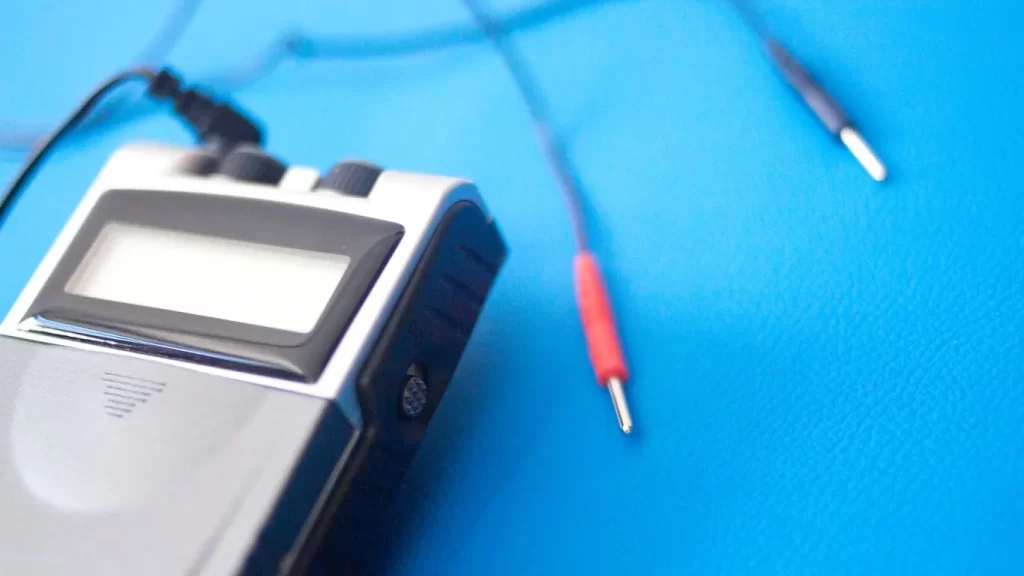
Multidisciplinary Approach
Collaborations with Other Healthcare Professionals:
PTs are frequently working hand-in-hand with orthopedic surgeons, neurologists, and even mental health professionals. This collaborative spirit ensures that every aspect of a patient’s health is under scrutiny, offering a comprehensive treatment plan.
Importance in Comprehensive Patient Care:
No stone is left unturned in the modern world of physiotherapy. A multidisciplinary approach guarantees that from physical ailments to psychological hurdles, every challenge is met head-on, promising a brighter, healthier future for patients.

Techniques and Treatments in Today’s Physiotherapy
Navigating the expansive world of modern physical therapy, or physiotherapy can sometimes feel overwhelming. However, the beauty lies in its diversity. Here, we’ll break down some of the pivotal techniques that are reshaping the way we approach rehabilitation.
Manual-Physiotherapy
At its core, manual therapy is hands-on treatment. It involves the therapist using their hands to manipulate, mobilize, and massage body tissues. This traditional approach remains fundamental in physiotherapy, serving as an effective method to alleviate pain and improve movement.

Dry Needling vs. Acupuncture
Though they might appear similar, these two techniques have distinct origins and purposes. While acupuncture has roots in traditional Chinese medicine and focuses on balancing the body’s energy, dry needling is a modern technique targeting muscle knots and tension areas. Patients have reported significant pain relief and enhanced muscle function after undergoing dry needling.

Aquatic–Physiotherapy
Ever thought about diving into a pool for rehabilitation? Aquatic therapy does precisely that. Using the water’s resistance and buoyancy, it offers a unique environment for effective, low-impact exercises. It’s particularly beneficial for individuals with arthritis, post-surgical patients, and those with mobility issues.
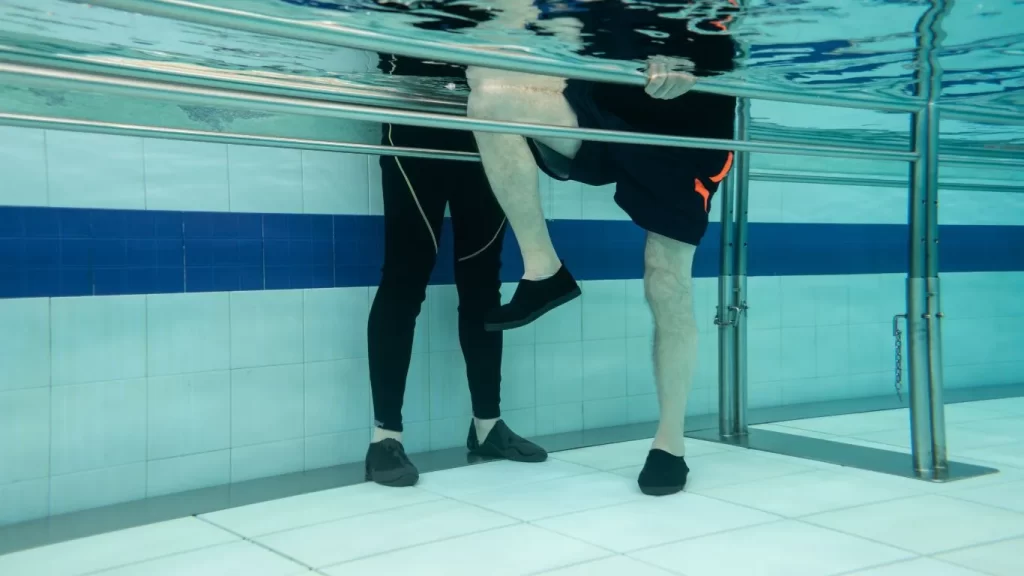
Virtual Reality and Robotics in Rehab
The future is here, and it’s exciting. Incorporating virtual reality (VR) into rehabilitation immerses patients in interactive environments, making exercises more engaging and specific. Additionally, robotics assists patients in performing precise movements, ensuring optimal recovery. Numerous success stories illuminate the transformative power of these technological marvels in patient care.
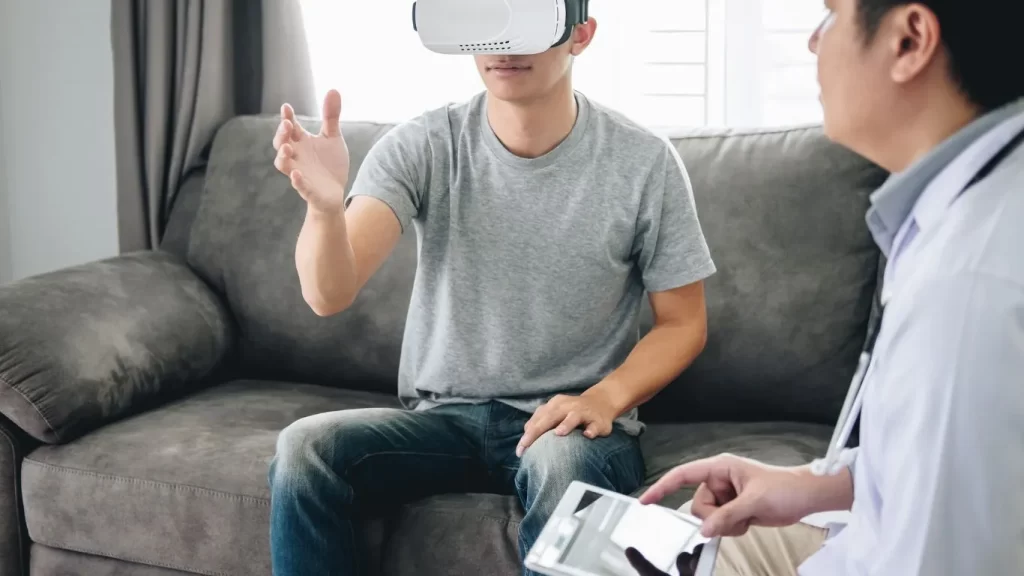
Blood Flow Restriction-Physiotherapy
Sounds intense, right? Well, it’s a groundbreaking technique where blood flow is partially restricted using bands while performing light exercises. This method accelerates muscle growth and strength without heavy lifting, making it a game-changer for those aiming for quicker muscle recovery.
In essence, the realm of modern physiotherapy is rich with techniques, both traditional and innovative, designed to cater to diverse patient needs. Each method, while unique in its approach, shares a common goal: restoring health, vitality, and movement in every individual’s life.
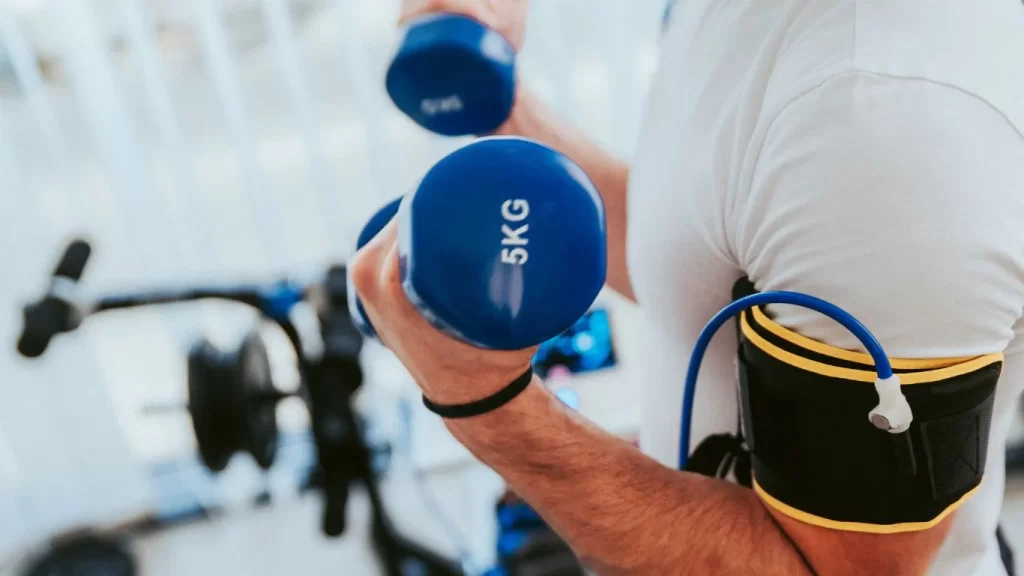
The Healing Touch of Physiotherapy: Recovery & Beyond
Diving into the world of physical therapy, or physiotherapy, we discover its profound impact on healing and overall well-being. Let’s shed light on how this science offers more than just temporary relief, acting as a true companion on the journey of recovery and rejuvenation.
Chronic Pain Management
Let’s face it: living with chronic pain can be daunting. But with physiotherapy, hope is within reach. Through tried-and-true techniques, many patients experience reduced pain and improved quality of life. And the stats speak for themselves; the success rates of pain management through PT are impressive, making it a go-to for many.
Post-surgical Recovery
After surgery, it’s not just about healing; it’s about regaining strength and function. That’s where physiotherapy steps in. Ensuring the right aftercare can be the difference between a sluggish recovery and bouncing back stronger than ever. PT plays a pivotal role in getting patients back on their feet, literally and figuratively.
Mobility Enhancement
Feeling stuck isn’t just mental; it can be physical too. But there’s good news. Numerous cases show that with tailored PT exercises, many regain movement, be it after an injury or due to age-related challenges. These real-life stories highlight the magic of movement restoration through physiotherapy.
Physical Therapy for Mental Health
Healing isn’t just skin deep. Physiotherapy recognizes the intimate link between body and mind. Engaging in physical activity, especially under the guidance of a therapist, has been shown to uplift moods, combat depression, and bolster overall mental well-being. It’s a holistic approach, nurturing both the body and soul.
In a nutshell, physiotherapy isn’t just about treating ailments; it’s about embracing a life of wellness, mobility, and positivity. Whether you’re combating pain, recovering post-surgery, seeking enhanced mobility, or aiming for mental peace, PT offers a hand of support, guiding you every step of the way.

In Conclusion: The Bright Horizon of Physiotherapy
Peering into the future of physical therapy, or as many know it, physiotherapy, one thing becomes crystal clear: its role in healthcare is not just growing; it’s evolving at a pace like never before. From traditional hands-on techniques to tech-driven innovations, PT stands at the crossroads of tradition and modernity, offering the best of both worlds.
But here’s the catch: just as physiotherapy evolves, so should our understanding of it. Staying updated about the latest techniques and breakthroughs is more than just beneficial; it’s crucial. By being in the know, we empower ourselves, making proactive decisions about our health and well-being.
To all readers: Your health journey is uniquely yours, but you’re never alone in it. Lean into the vast world of physiotherapy. Embrace its potential. And remember, staying informed isn’t just a choice; it’s a responsibility—a responsibility towards a healthier, brighter you.
FAQs
Over the past decade, physical therapists have transitioned from mere treatment providers to holistic care consultants, embracing tech innovations and a more patient-centric approach.
Virtual reality immerses patients in interactive healing environments, while robotics assist with precise movements and repetitive tasks, enhancing patient engagement and recovery outcomes.
Physical therapy offers tailored exercises and techniques that target pain sources, enhance mobility, and promote natural healing, often reducing the need for pain medications.
Absolutely! Many physical therapists design home exercise programs, empowering patients to continue their recovery journey in the comfort of their homes.
While both focus on improving daily function, physical therapy zeroes in on treating injuries and improving mobility. In contrast, occupational therapy helps individuals perform daily tasks and activities more efficiently, often following an injury or illness.
